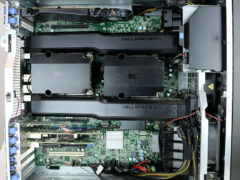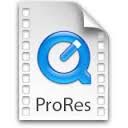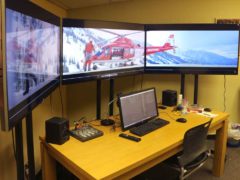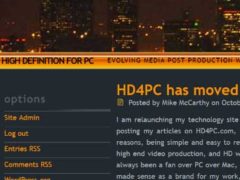
I did make it to NAB this year, but haven’t had a chance to post since I got back a week ago. HDR and 360 video are where the main innovations could be found this year. Everyone is announcing support for HDR workflows and files, as television moves towards utilizing the capabilities offered by Rec.2020. There are still lots of confusing aspects to the various options and color spaces to get there, but everyone is looking towards an HDR future. The was an entire VR pavilion, mostly focused on 360 video production and workflows. This is as opposed to true Virtual Reality, which requires synthetic rendering to provide the viewers perspective. 360 video allows viewers to explore the world from a fixed point, where the camera originally recorded from.
Continue reading



 ProRes
ProRes






